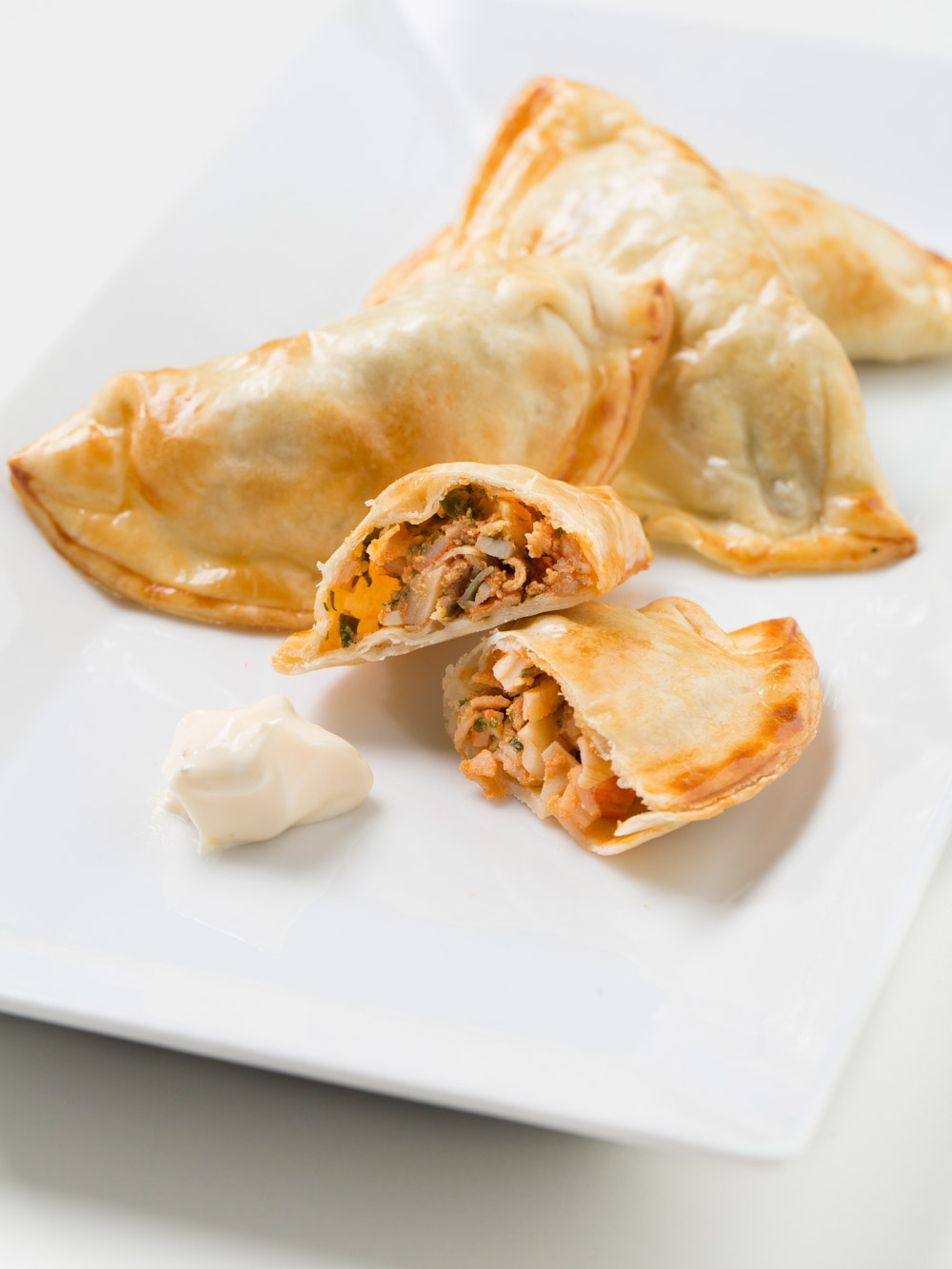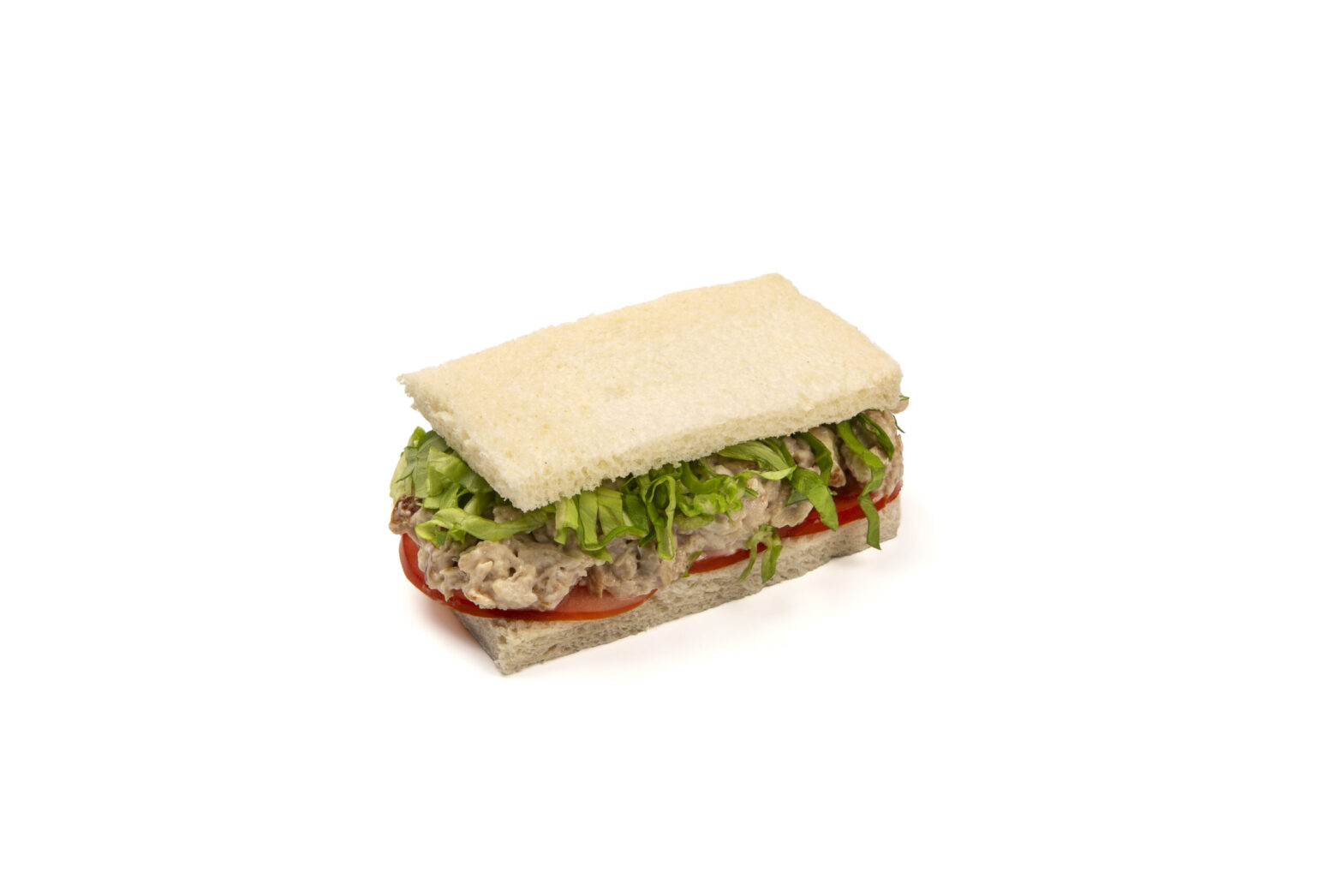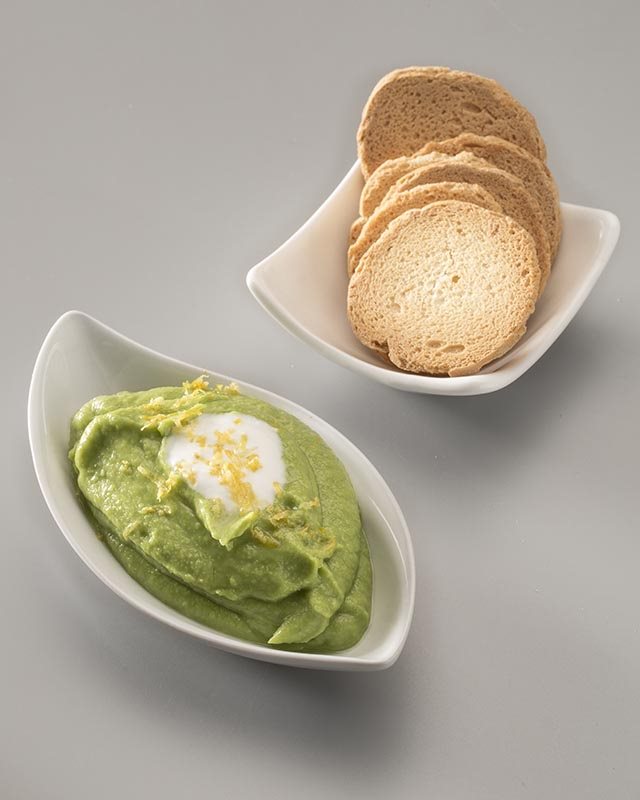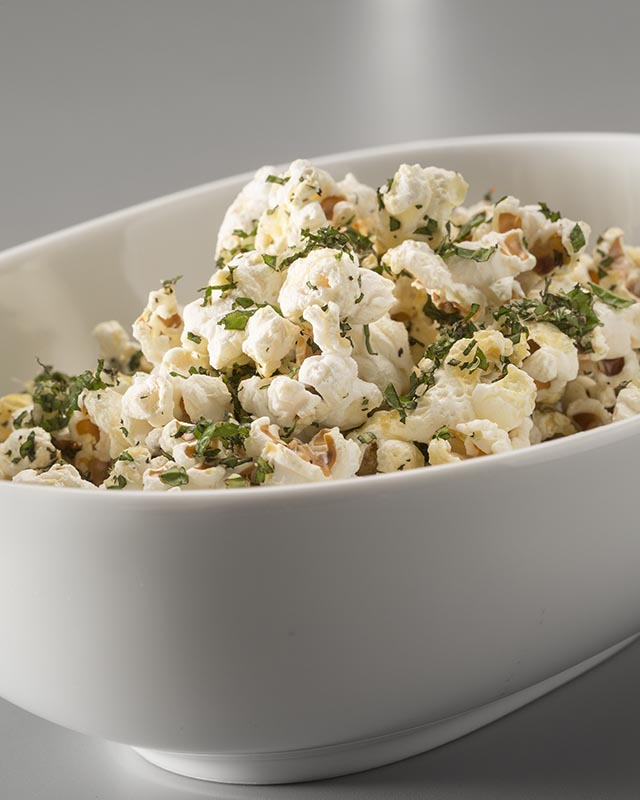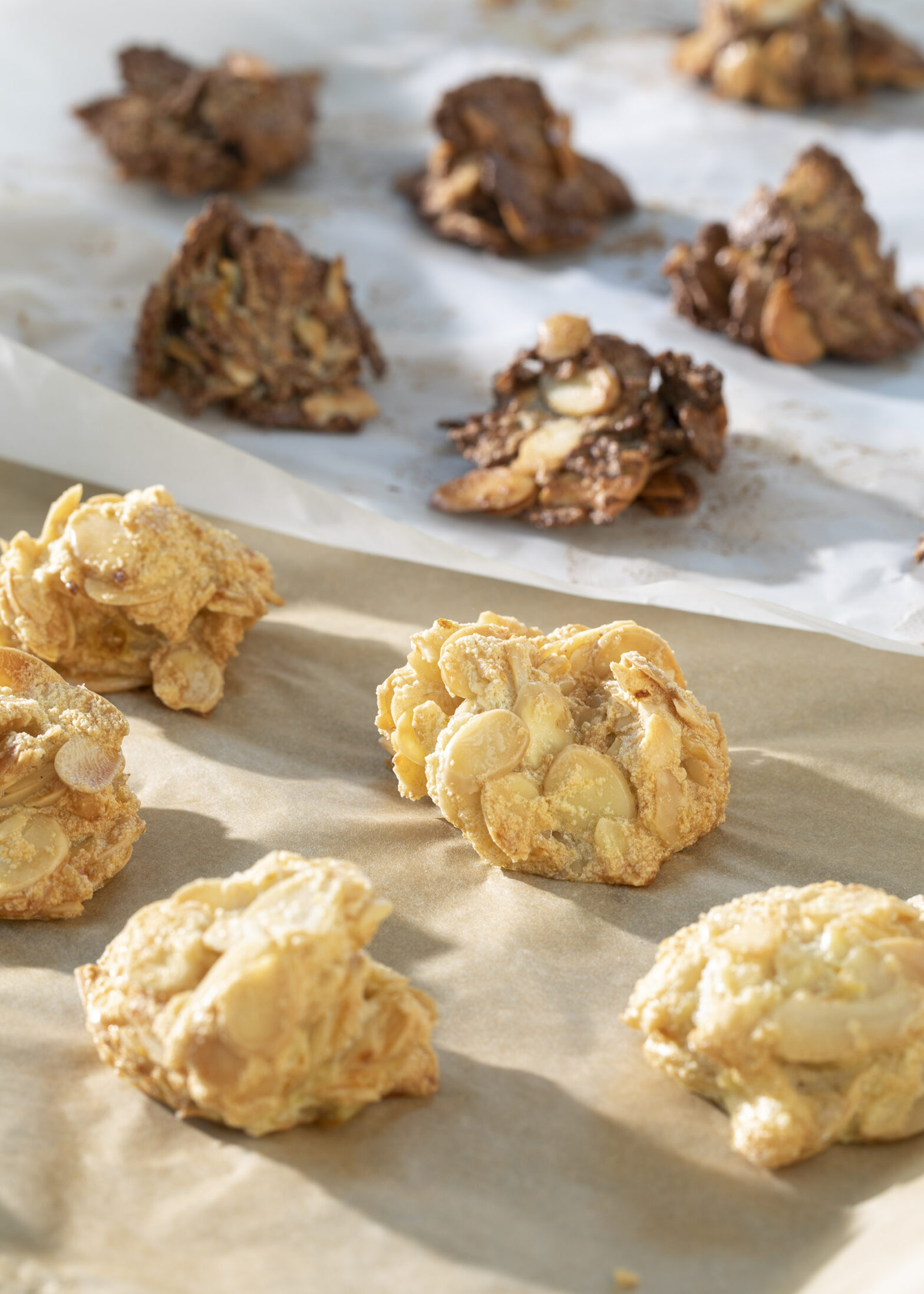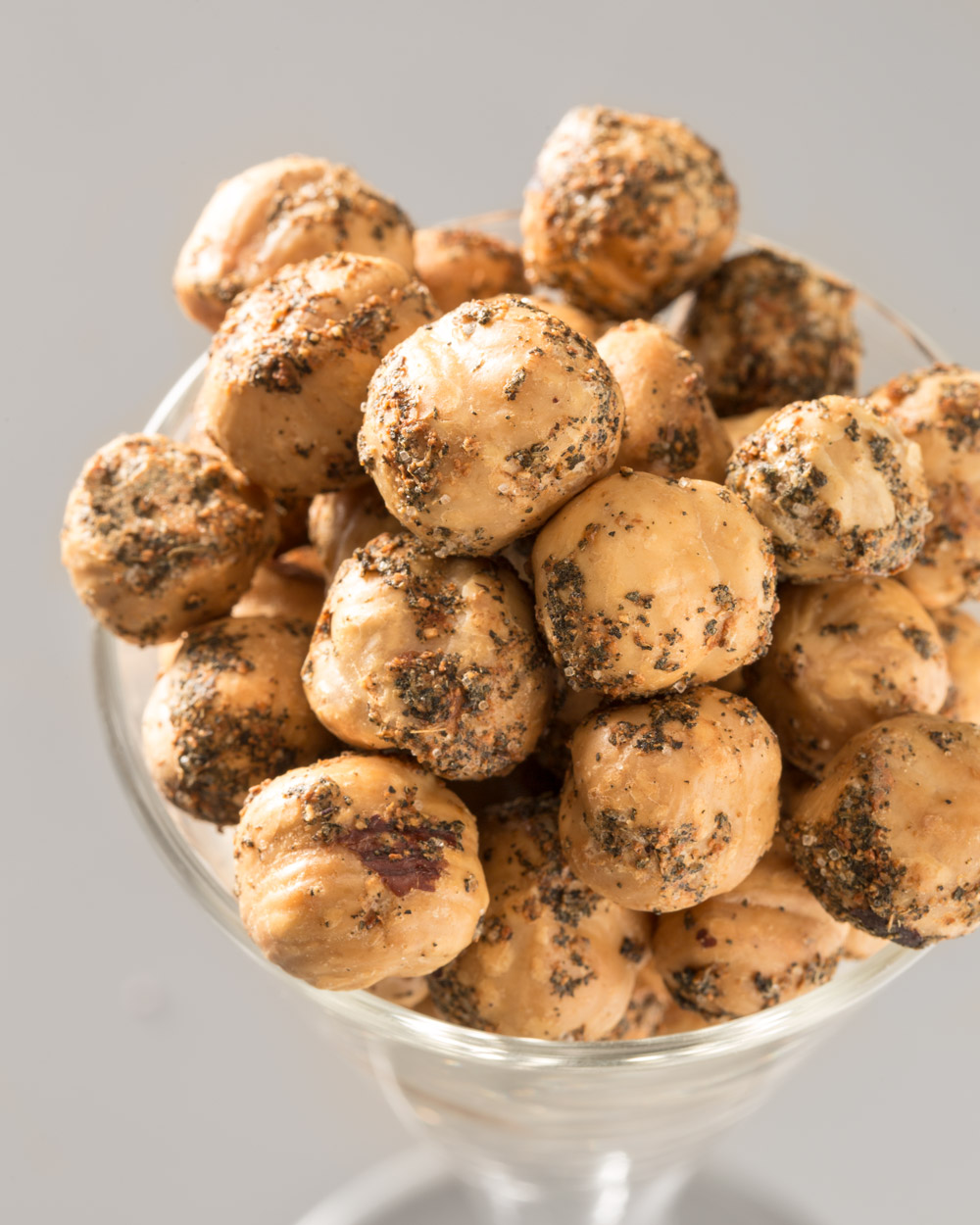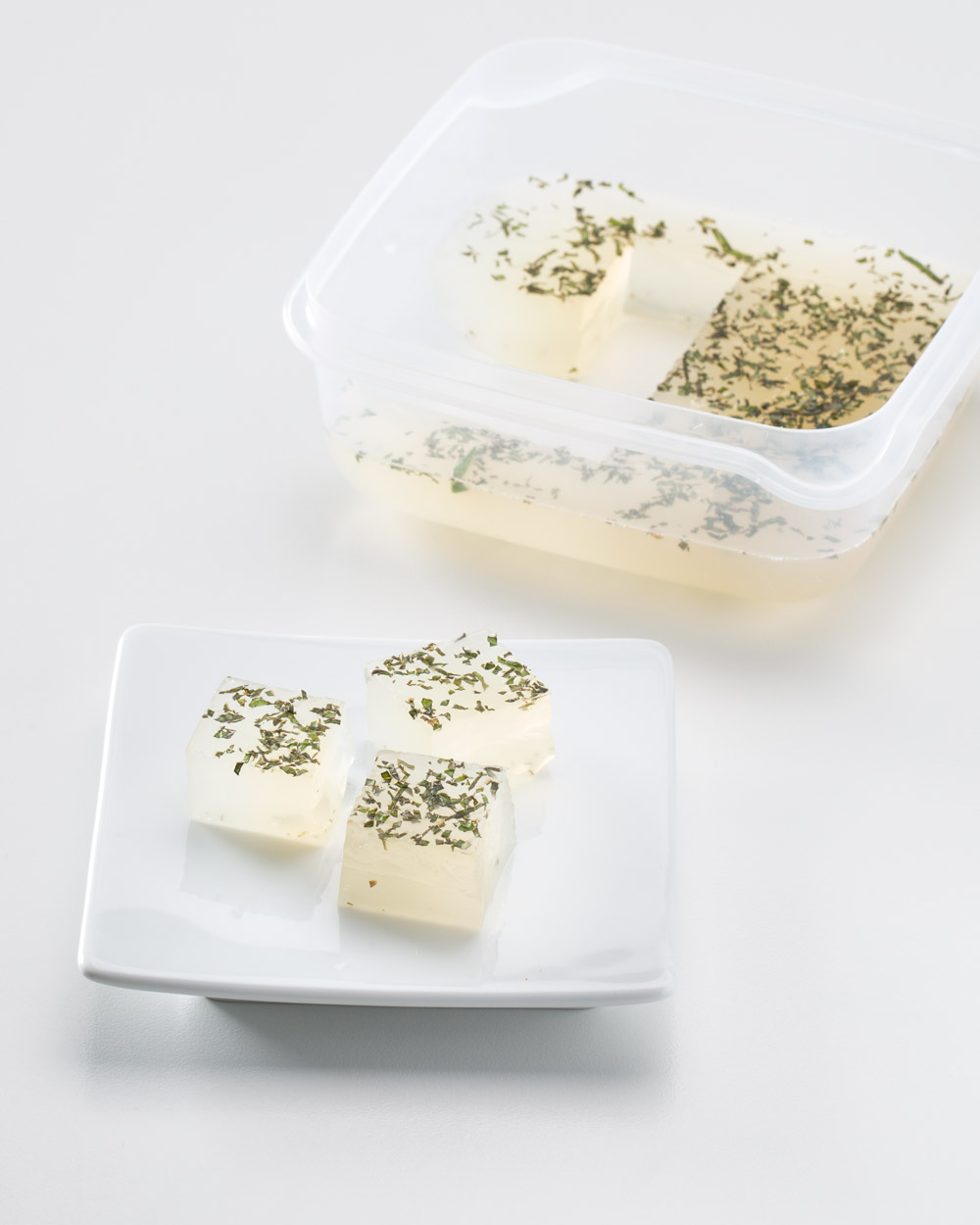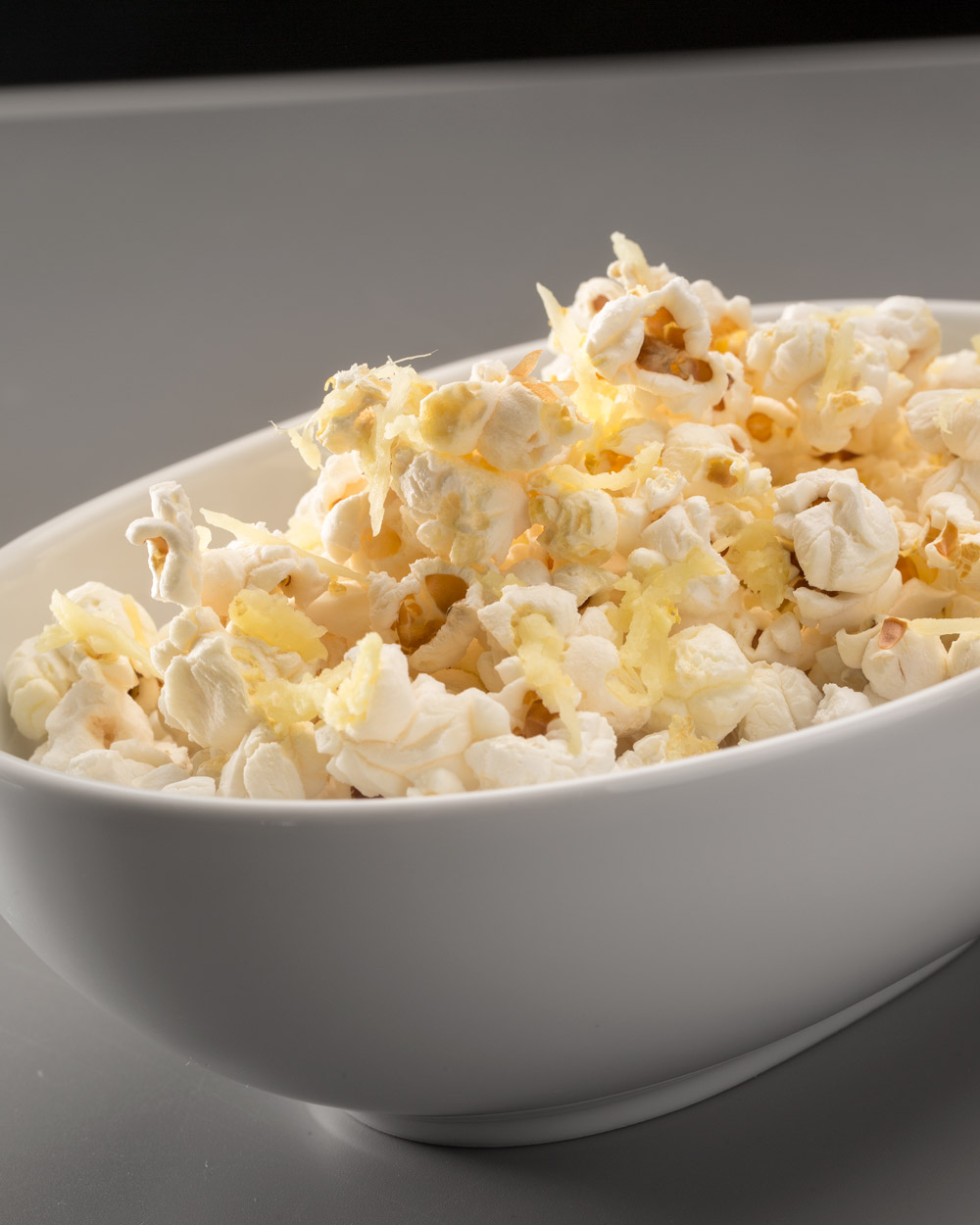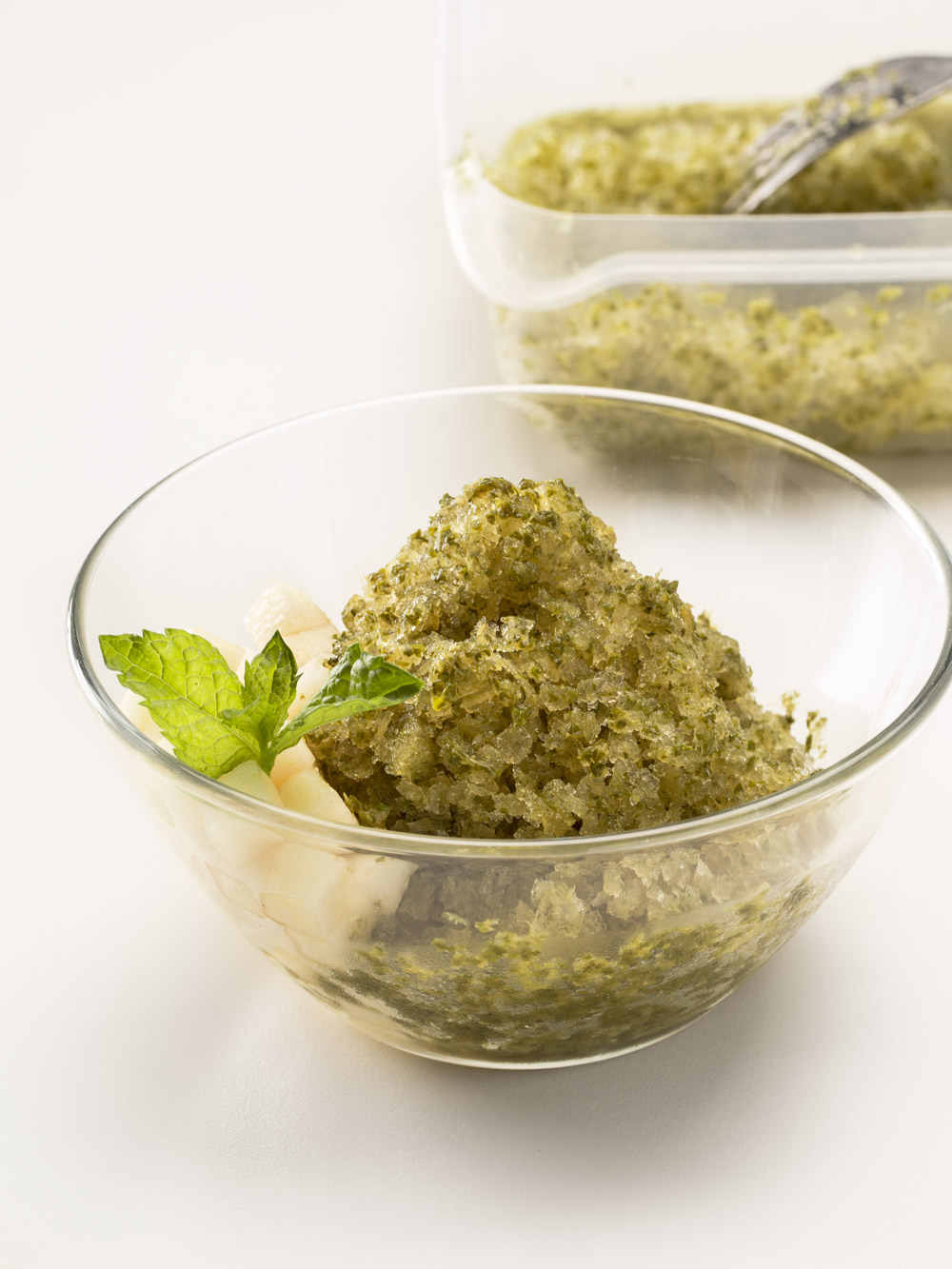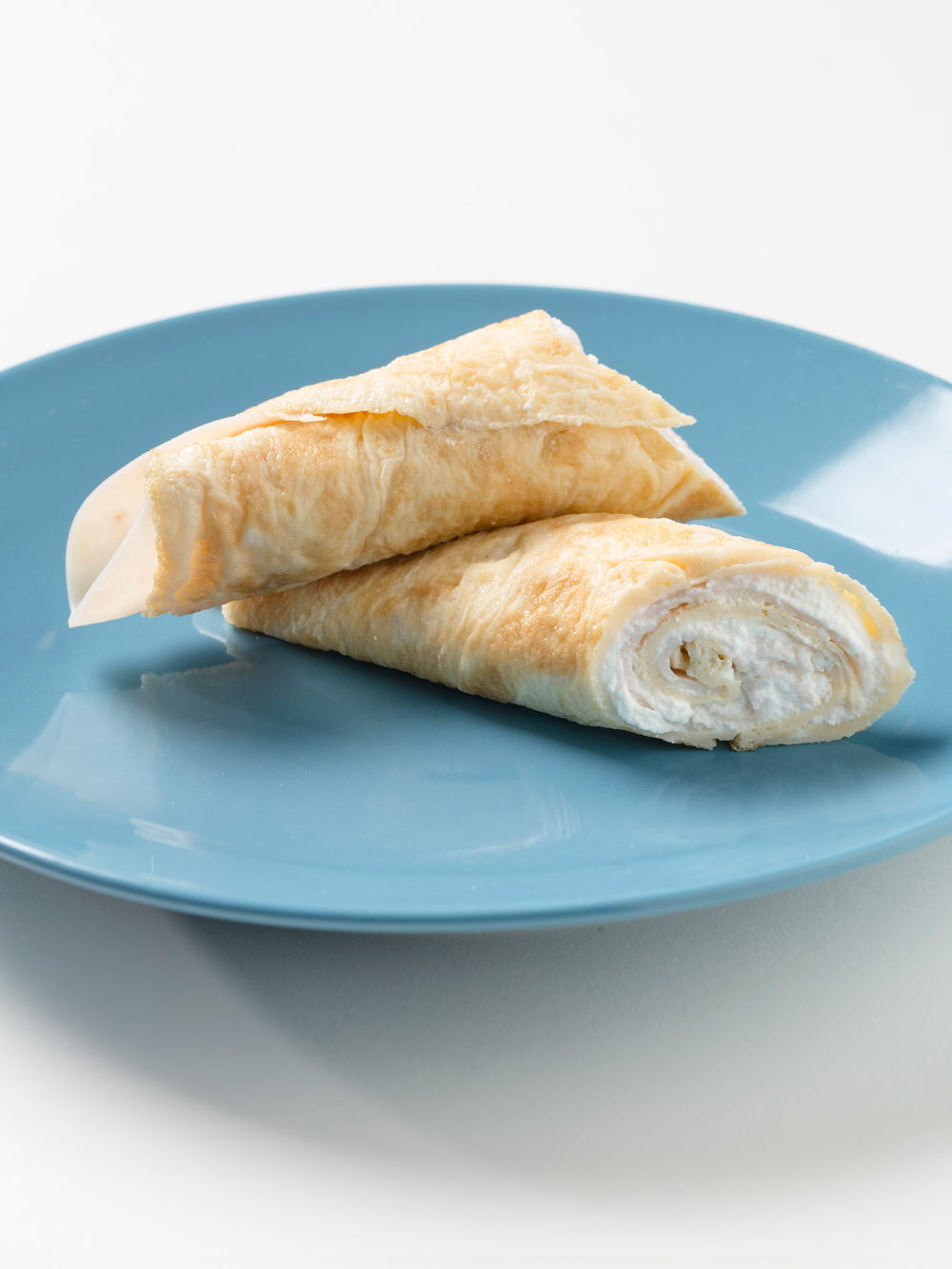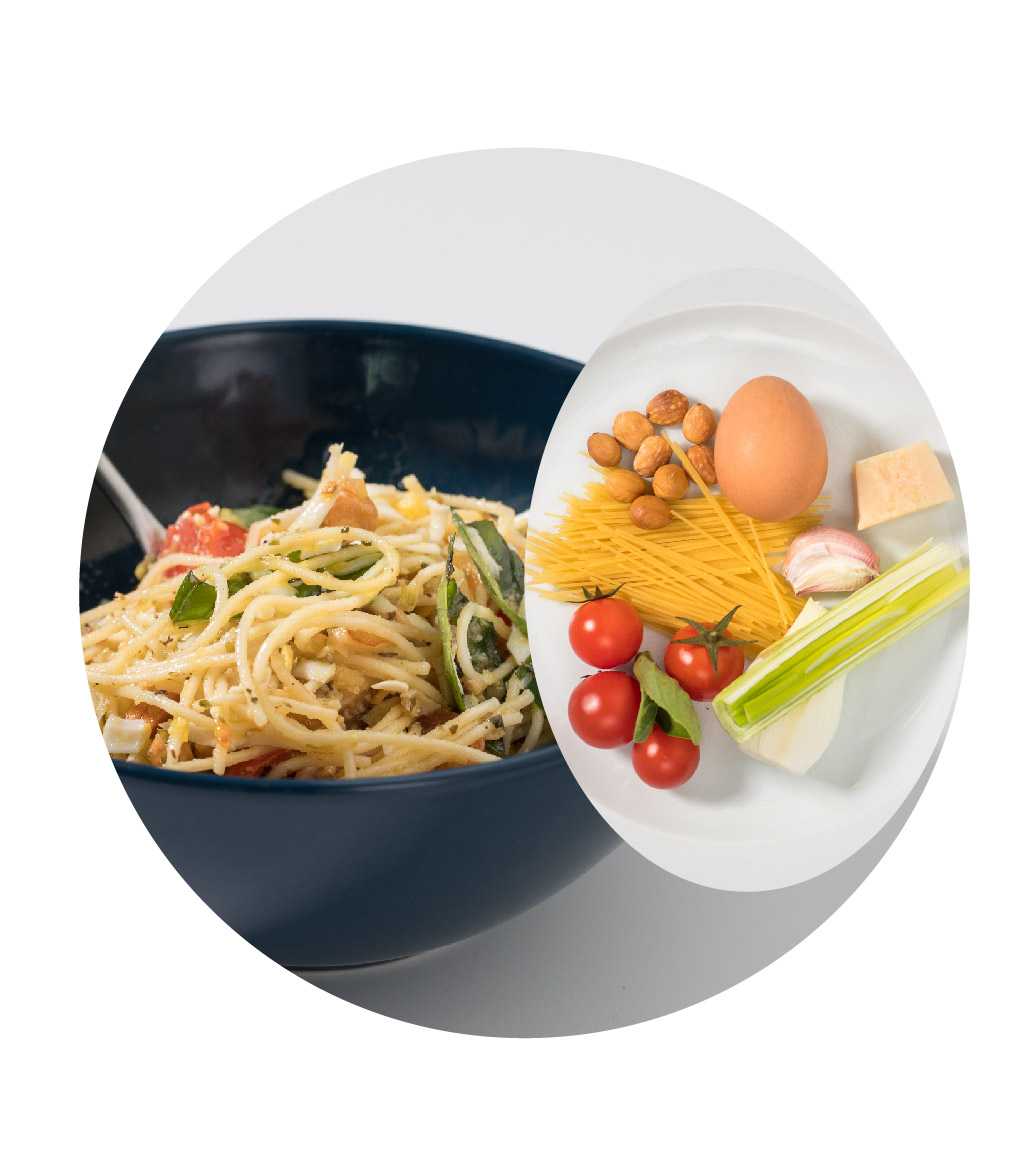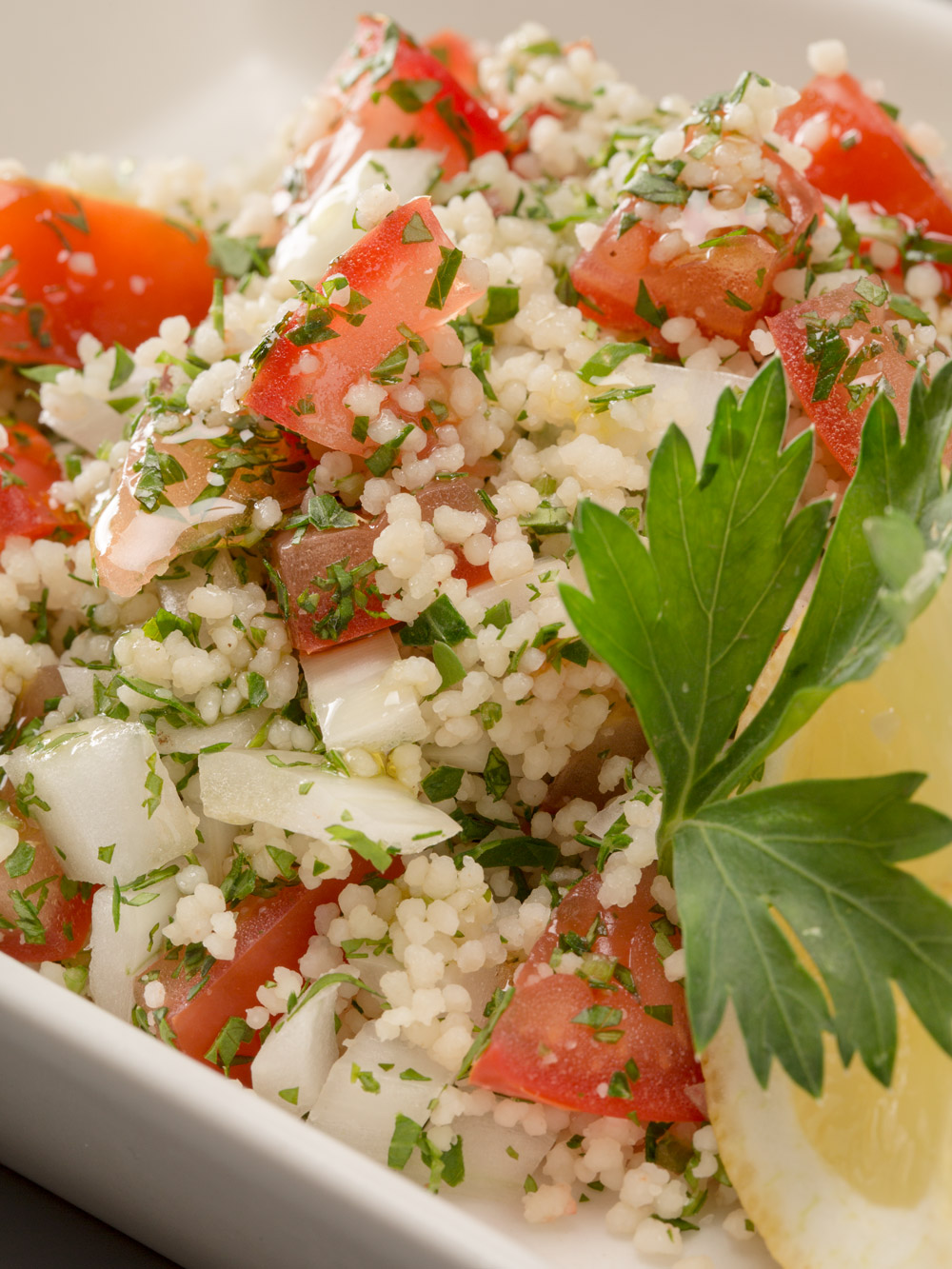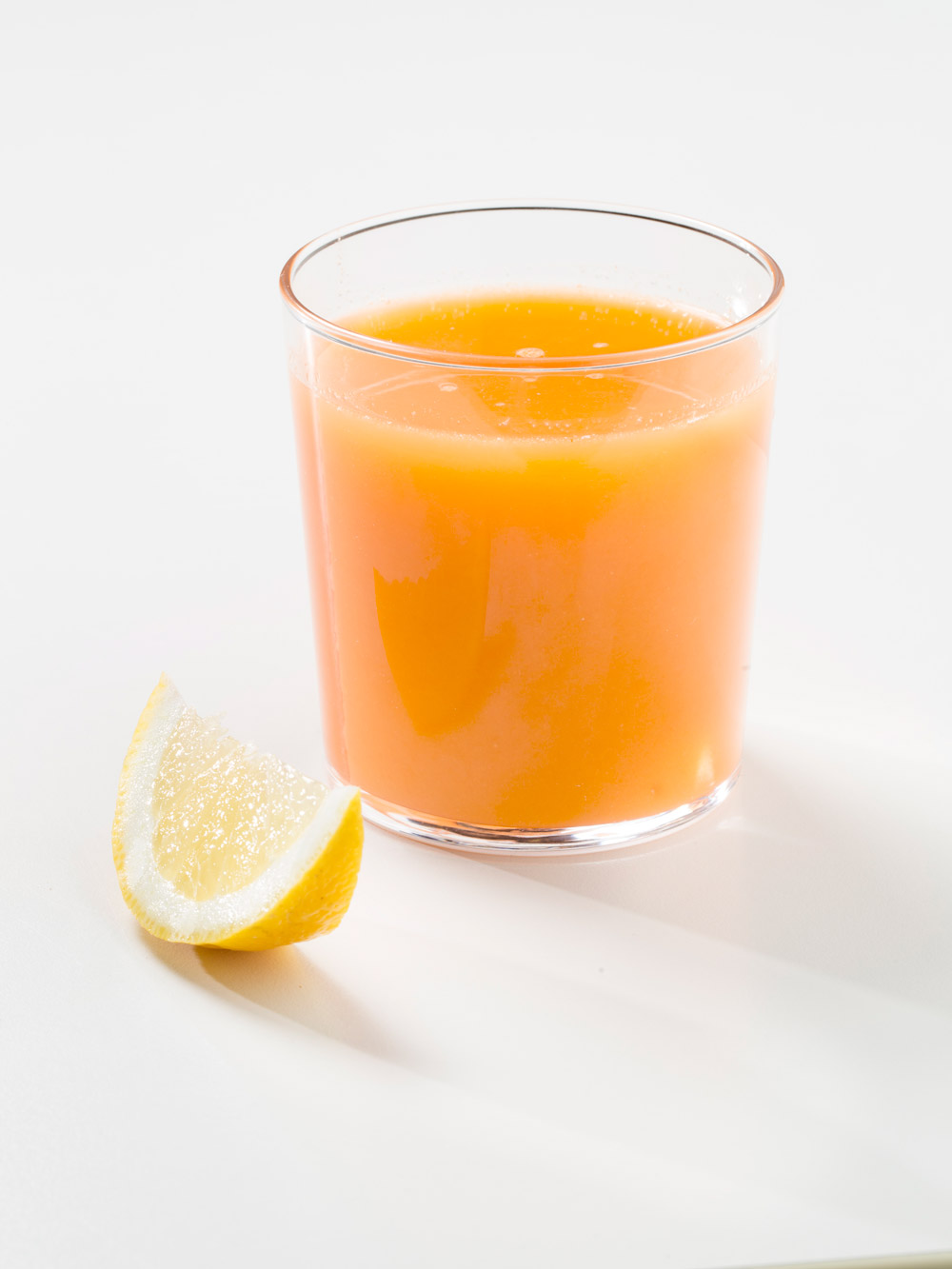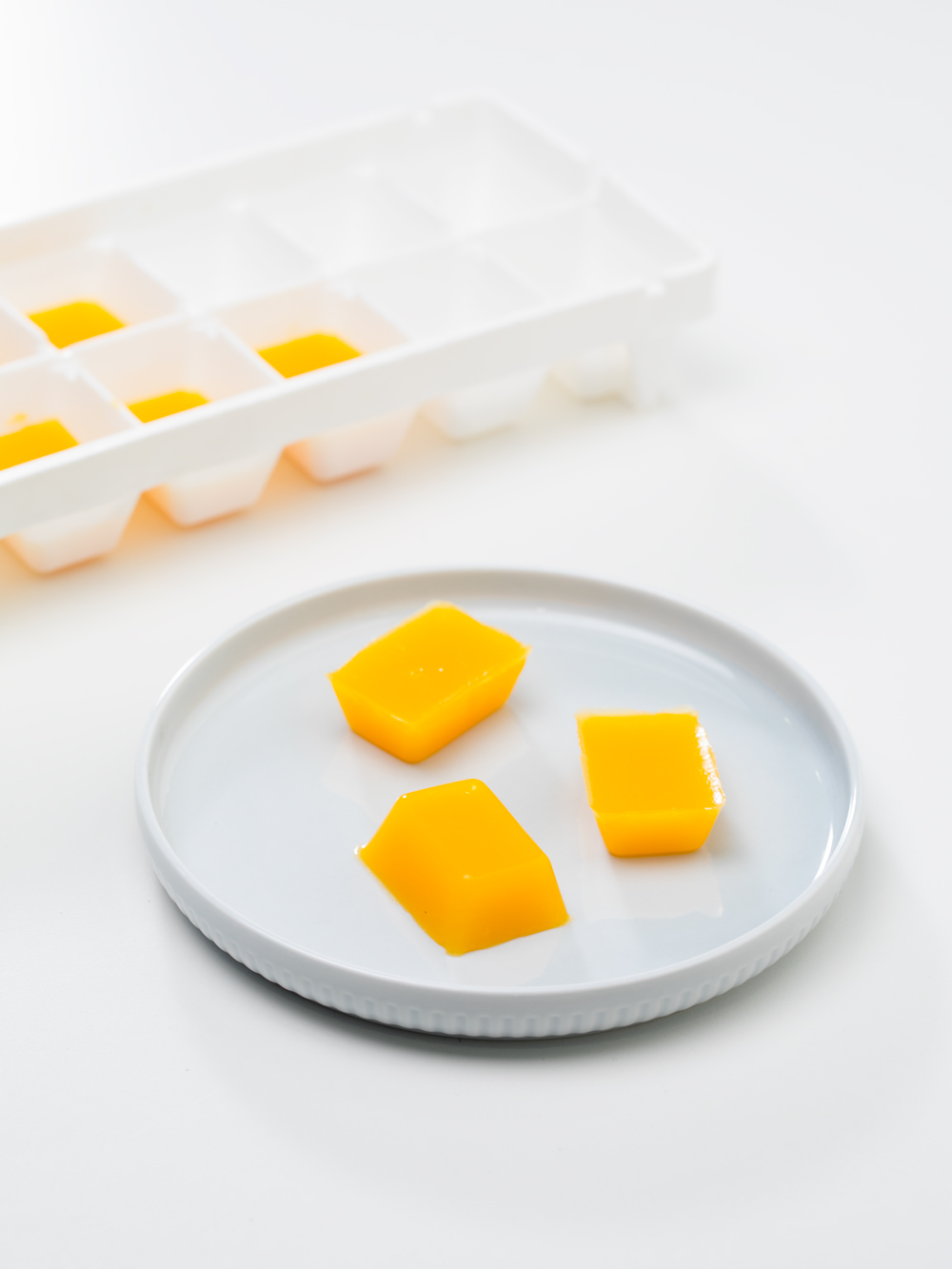Nausea and vomiting are one of the most common symptoms, especially as a side effect of chemotherapy. Nausea can cause unpleasant sensations in the stomach, make you feel like vomiting and, in turn, lead to vomiting. Vomiting is caused by strong contractions of the stomach muscles, which cause the stomach contents to rise.
The intensity, frequency, and timing of the onset of nausea or vomiting are variable and individual and depend on many factors, such as prescribed drugs, dosage, and individual susceptibility.
WHAT DO WE RECOMMEND?
Choose cold or room temperature foods. These are better tolerated because they give off less odour than hot ones: pasta salads, sandwiches, cold soups, homemade ice cream, etc.
- For the first few hours, do not eat anything, drinking only small sips of fresh water every 10-15 minutes.
- After four to six hours, the amount of fluid intake (rehydration drinks or isotonic drinks) can be progressively increased.
Homemade isotonic drink
Mix the juice of two lemons, a tablespoon of honey, a dessert spoon of sea salt and a dessert spoon of bicarbonate of soda in a litre of water. When these ingredients dissolve, leave it in the fridge until it is cool.
- After 24 hours without vomiting, start an easily digestible diet (preferably with cooked and soft foods) and always choose cooking methods such as steaming or boiling.
- Start introducing dry foods, as they are better tolerated (bread, toast, crackers, sticks, etc.).
- If vomiting occurs for two days in a row, contact your doctor or nurse to avoid possible dehydration.
Normally, dry foods are better tolerated. For example, toast, crackers, breadsticks, rice and corn cakes, nuts, banana chips, dried coconut, etc.
Ginger and mint can have a calming effect on nausea. Either fresh or powdered, both can be added to herbal teas, ice cubes, jellies, ice cream, popcorn or on top of foods such as bread, salads, pasta or in cooked dishes.
Avoid certain sauces, aromatic herbs, hot spices, etc., as they may promote nausea.
- Choose white meats, lean cold meats and ham, or white fish.
- Avoid cooking foods that generate strong smells and odours, such as fried, sautéed, or grilled foods. Fried foods, apart from giving off a stronger odour that can be unpleasant, are also more difficult to digest and can cause more nausea.
- Use gentle cooking techniques to make dishes easier to digest, such as steaming, boiling or low-temperature grilling.
- If odours are bothersome, avoid cabbage or cauliflower, and cook in ways that generate fewer smells, such as cooking en papillote, microwaving, boiling, or marinating, avoiding fried foods or grilled at very high temperatures.
- Especially on days when vomiting is frequent.
- Sometimes carbonated drinks can reduce the sensation of nausea (fizzy water, cola, or ginger ale…).
- Ice lollies and jelly are also a good option to help hydration.
- Do not drink during meals, as this promotes a feeling of fullness or bloating.
Approximately 30 minutes later. Carbonated or fizzy drinks are a good option.
After meals, sitting or lying down with the upper part of the body straight for up to an hour may help avoid nausea or vomiting.
When eating, it may be useful to leave the window open to let fresh air in or to use a fan to reduce odours and promote a feeling of freshness.
Breathe deeply and slowly and wait for the discomfort to subside before eating anything.
